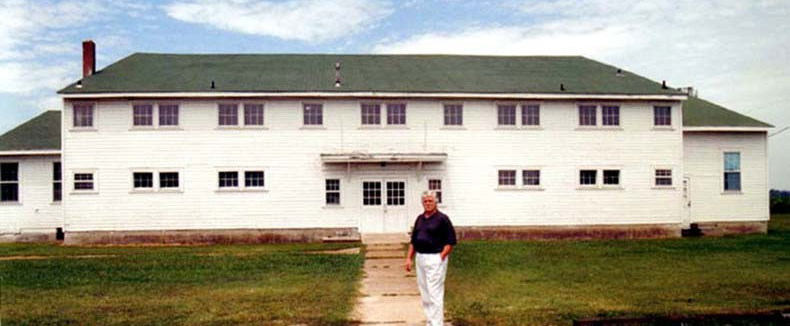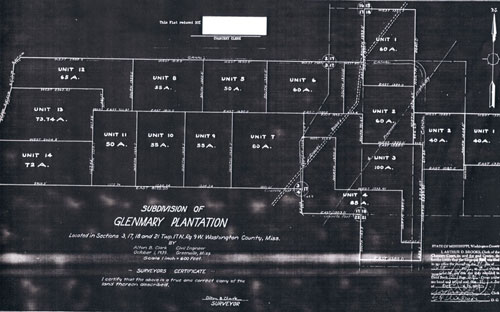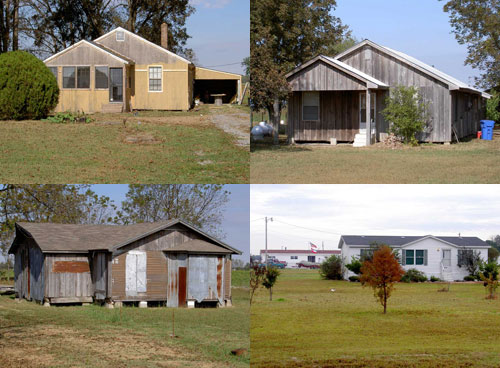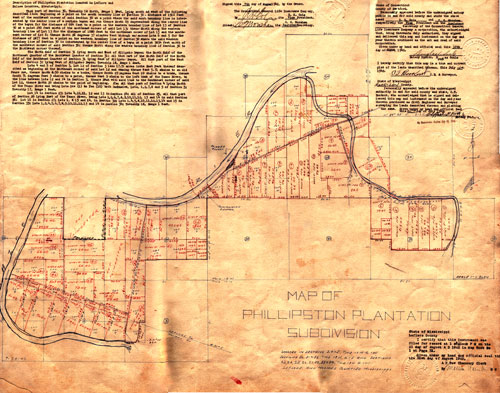| home | pg. 1 | pg. 2 | pg. 3 | pg. 4 | pg. 5 | pg. 6 | pg. 7 | pg. 8 | pg. 9 | pg. 10 | pg. 11 | pg. 12 | pg. 13 | pg. 14 | pg. 15 | pg. 16 | pg. 17 | notes | Transylvania detail 1 | Transylvania detail 2 | Wolcott detail | Bibliography | D. Gorton Homepage | Jane Adams Homepage
|
|
Reading the Photographic Record
by
Jane Adams
D. Gorton
Absences as data
As the events at Transylvania suggest, the photographic record also reveals a great deal by what they did not document. Despite the project’s comprehensiveness, it is inevitably incomplete. When the photographs are contextualized with other contemporary accounts, and with the eye distanced by time and large amounts of commentary, it becomes easier to see the artifice underlying these visual documents. It is beyond the scope of this brief paper to delve into this important dimension of the FSA corpus. The absences we observe are of several types: First, not all projects were documented. There are no photographs of Clover Bend in Arkansas, which was a complete RA/FSA projects with cooperative enterprises and schools. Agricultural building and Fire Department, in the 2000s. Downloaded from http://www.geocities.com/hoxie1961/Index.html |
 lThe Clover Bend gymnasium, with the webmaster. |
 The reconstructed Clover Bend farmstead, which the historic preservation committee assembled on the central grounds. The history of Clover Bend vy Alda Jean Ramsey is recounted here: http://users.bscn.com/cbmuseum/cbhistry.htm |
| And there are no photographs of the smaller Tenant Purchase Projects, in which individual plantations were broken up into 40-60 acre plots and distributed to selected sharecroppers, although there are some photographs of Tenant Purchasers . Is this significant? Or simply due to the choices one must make given limited resources and time? |  Plat of Glenmary Plantation, Washington County, southwest of Greenville. Plat of Glenmary Plantation, Washington County, southwest of Greenville.This was a black project. A few descendents of original purchasers still lived on the project in 2004, and the community's church remains in use. |
| In 2003, we saw three houses that had not been significantly remodeled in Greenfield Plantation project , on the Washington-Issaquena County Line, Mississippi. Greenfield had 200 units, with whites on the east side and a smaller black section just behind the Mississippi River levee. The community remains well populated. Lower right: The doublewide we lived in summer 2003, which turned out to be Unit No. 1 of Louden Plantation, Wayside, Washington County, Mississippi. |
 |
|
Phillipson Plantation, Leflore County, Mississippi. Oscar Johnston, who established the cotton section of the New Deal Agricultural Adjustment Administration, and managed the British owned Delta and Pine Plantation, used the FSA's removal of tenants from Phillipston Plantation as part of his justification for opposition to the FSA, in testifying before the 1943 Congressional subcommittee hearings on the FSA (Nelson 1999:219).
|
 |
| home | pg. 1 | pg. 2 | pg. 3 | pg. 4 | pg. 5 | pg. 6 | pg. 7 | pg. 8 | pg. 9 | pg. 10 | pg. 11 | pg. 12 | pg. 13 | pg. 14 | pg. 15 | pg. 16 | pg. 17 | notes | Bibliography | Transylvania detail 1 | Transylvania detail 2 | Wolcott detail |
|
|